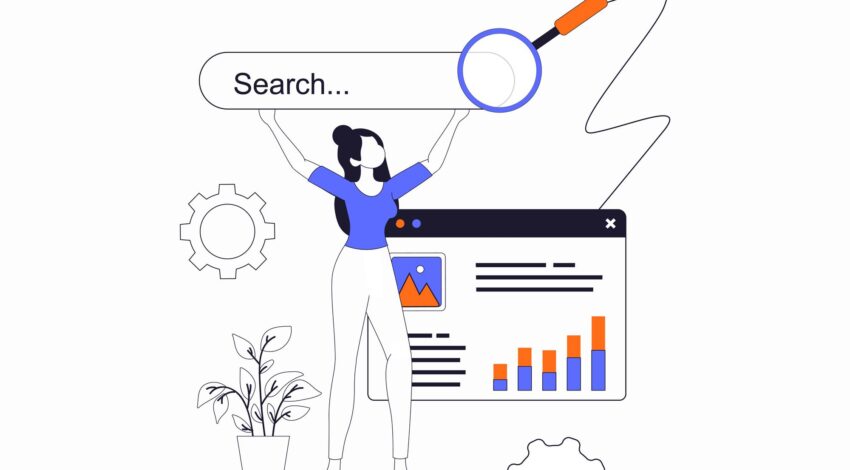SEO Explained: A Complete Guide to Search Engine Optimization
What is SEO?
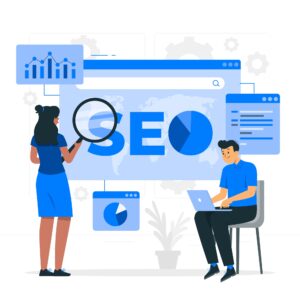
SEO (Search Engine Optimization) is the practice of optimizing your website and content to improve its visibility on search engines like Google. When done right, SEO increases organic (non-paid) traffic, boosts brand awareness, and ultimately leads to higher conversions.
Search engines use complex algorithms to rank pages based on relevance, authority, and user experience. SEO ensures your content aligns with these ranking factors.
Main Types of SEO
SEO can be broadly divided into four main types. Here’s a table summarizing each one:
| SEO Type | Description | Example Tasks |
|---|---|---|
| On-Page SEO | Optimizing individual web pages and content for keywords and user experience | Meta tags, keyword usage, internal linking |
| Off-Page SEO | Building authority and trust through external methods | Backlink building, social signals |
| Technical SEO | Improving site structure and backend for crawling/indexing | Sitemap, robots.txt, site speed optimization |
| Local SEO | Optimizing for local search and map listings | Google Business Profile, local citations |
1. On-Page SEO
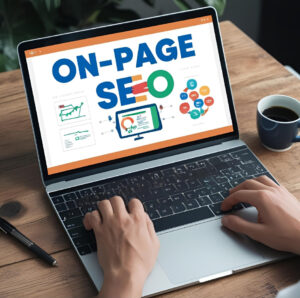
What It Is:
On-page SEO refers to all optimizations made directly on your website. It ensures that content is relevant, user-friendly, and easily understandable by search engines.
Key Elements of On-Page SEO:
- ✅ Title Tags & Meta Descriptions – Encourage clicks with clear, keyword-rich meta info.
- ✅ Headers (H1, H2, H3…) – Structure your content logically.
- ✅ Keyword Optimization – Use relevant keywords naturally throughout your content.
- ✅ Internal Linking – Link to related pages to keep users engaged and distribute link equity.
- ✅ Image Optimization – Use descriptive alt text and compress images for fast loading.
2. Off-Page SEO
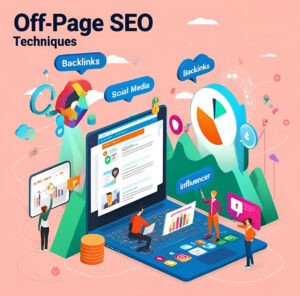
What It Is:
Off-page SEO is all about boosting your site’s reputation and authority outside your own domain. It signals to Google that others trust your content.
Off-Page SEO Techniques:
- 🔗 Backlinks – Links from reputable sites boost your credibility.
- 📣 Social Media Shares – Sharing content builds visibility and engagement.
- 📝 Guest Blogging – Writing articles on other blogs with backlinks to your site.
- 🌐 Brand Mentions – Even unlinked mentions of your brand contribute to SEO.
| Backlink Quality Factors | Importance |
|---|---|
| Authority of linking domain | High |
| Relevance to your niche | High |
| Anchor text used | Medium |
| DoFollow vs. NoFollow | Medium |
3. Technical SEO
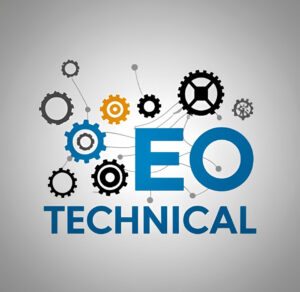
What It Is:
Technical SEO (Search Engine Optimization) focuses on optimizing the infrastructure of your website. It ensures your site is crawlable, indexable, secure, and fast.
Key Aspects of Technical SEO:
- ⚙️ Site Speed Optimization
- 🔐 HTTPS Encryption
- 🧭 Structured Data (Schema Markup)
- 🧱 Clean Site Architecture & Navigation
- 📜 XML Sitemap and Robots.txt
Common Technical SEO Tools:
| Tool | Use Case |
|---|---|
| Google Search Console | Crawl & indexing monitoring |
| Screaming Frog | SEO audits & broken links |
| GTMetrix / PageSpeed | Site speed analysis |
| Ahrefs / SEMrush | Crawl stats, backlink audits |
4. Local SEO
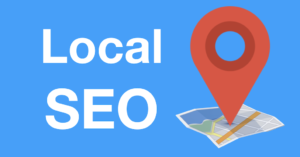
What It Is:
Local SEO helps your business appear in local search results and Google Maps, especially for users searching with location-based intent.
Local SEO Checklist:
- 📍 Google Business Profile – Fully optimize it with business info, photos, and posts.
- 📞 NAP Consistency – Make sure your Name, Address, and Phone number are the same across the web.
- 🌟 Customer Reviews – Positive reviews boost trust and visibility.
- 📌 Local Keywords – Use city or region names in your content.
| Local SEO Signal | Impact Level |
|---|---|
| Proximity to searcher | Very High |
| Google reviews & rating | High |
| Business category accuracy | Medium |
| Local backlinks | Medium |
How Search Engines Rank Content
Search engines like Google rank pages using 200+ ranking factors. Here’s a simplified list of top-ranking factors:
Top Google Ranking Factors:
- 📄 High-Quality Content (relevance, depth, originality)
- 🔗 Backlinks from Authority Sites
- 📱 Mobile Friendliness
- ⚡ Page Speed (Core Web Vitals)
- 🧭 Proper Indexing (no broken links or crawl errors)
- 🗝️ Keyword Placement
- 🗺️ User Intent Match (satisfies search queries)
SEO Best Practices (Checklist)
| Task | Frequency | Priority |
|---|---|---|
| Keyword research | Monthly | 🔥 High |
| Optimize meta titles/descriptions | Per page | 🔥 High |
| Audit site speed and fix issues | Quarterly | 🔥 High |
| Create internal links | As content grows | ✅ Medium |
| Earn backlinks (guest posts, outreach) | Ongoing | 🔥 High |
| Update old content | Every 3-6 months | ✅ Medium |
| Submit sitemap in GSC | As needed | 🔧 Low |
SEO Tools You Should Know
| Tool Name | Function | Free Version Available |
|---|---|---|
| Google Search Console | Monitor performance | ✅ Yes |
| Google Analytics | User data & traffic analysis | ✅ Yes |
| Ubersuggest | Keyword & site audit tool | ✅ Yes (limited) |
| Ahrefs / SEMrush | Comprehensive SEO platforms | ❌ No (Paid only) |
| Yoast SEO (WordPress) | On-page SEO optimization | ✅ Yes |
SEO vs. Google Ads: What’s the Difference?
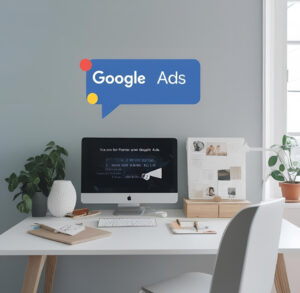
While SEO focuses on earning organic traffic, Google Ads (formerly AdWords) is a form of paid advertising that lets you appear at the top of search results instantly—but at a cost per click (CPC).
🆚 Key Differences Between SEO and Google Ads
| Feature | SEO | Google Ads |
|---|---|---|
| Cost | Free traffic, but time-intensive | Paid per click |
| Time to Results | Takes weeks/months | Instant visibility |
| Long-Term Benefit | Yes, builds authority over time | Only while you pay |
| Placement | Organic search results | Top/bottom of search results |
| Targeting | Based on keywords & content | More precise (location, device, etc) |
✅ When to Use Google Ads Alongside SEO:
- To drive quick traffic while waiting for SEO results
- For seasonal promotions or limited-time offers
- To test keyword performance before targeting organically
- For retargeting visitors who didn’t convert
💡 Pro Tip:
Combining SEO + Google Ads can maximize your visibility and give you full control over both short-term and long-term traffic strategies.
Conclusion: Why SEO Matters
SEO is not a quick hack, but a long-term strategy that can grow your website’s visibility, authority, and trust. It’s an essential part of digital marketing—especially for freelancers, e-commerce businesses, startups, and local services.
By investing time and effort into:
- On-page optimization,
- Building authority through off-page SEO,
- Fixing technical issues,
- And targeting local customers,
You can steadily climb the ranks in search engines and reach more of your ideal audience—organically.
Would you like this article turned into a blog post or formatted for your website? I can also generate images or infographics for the tables and lists.

